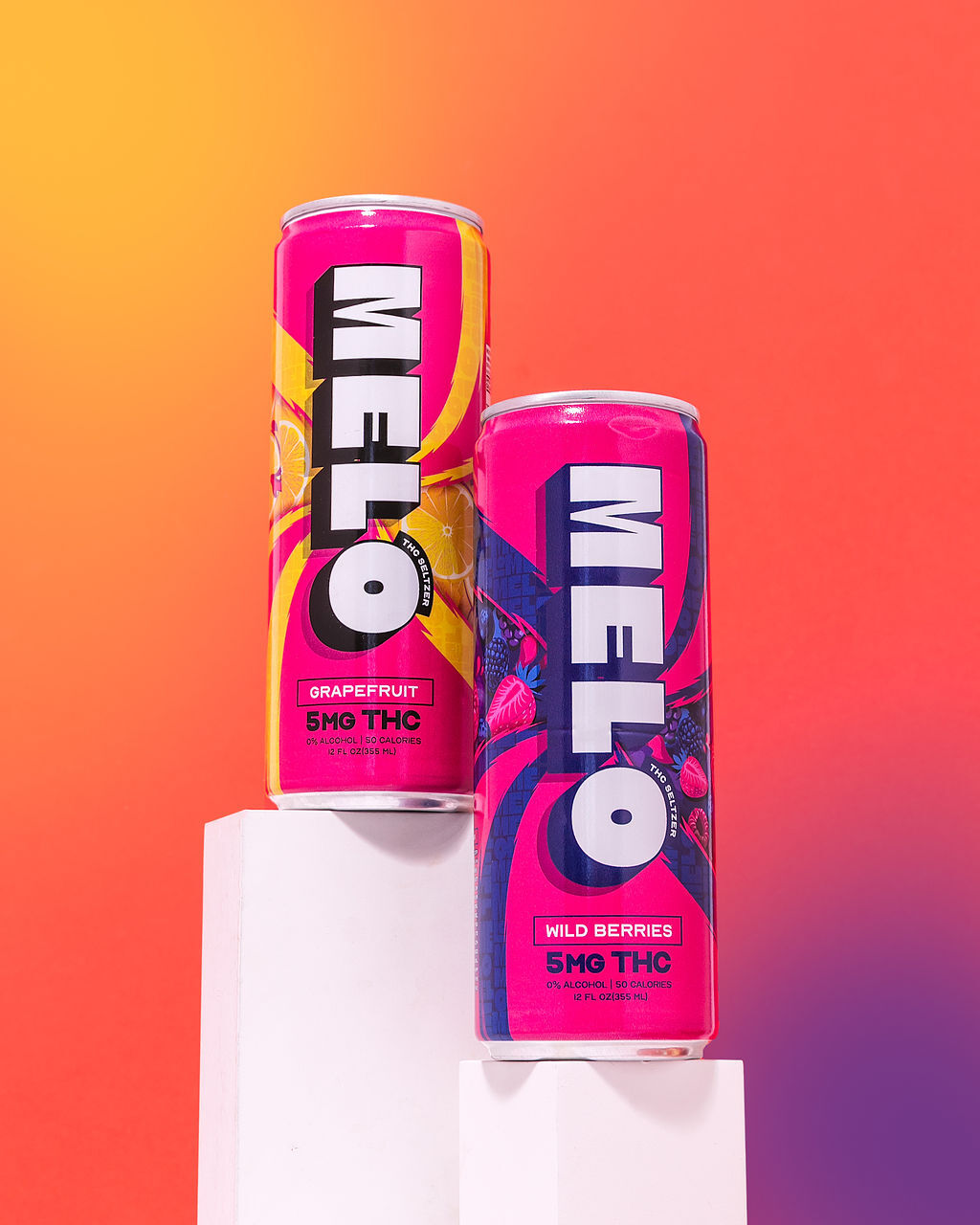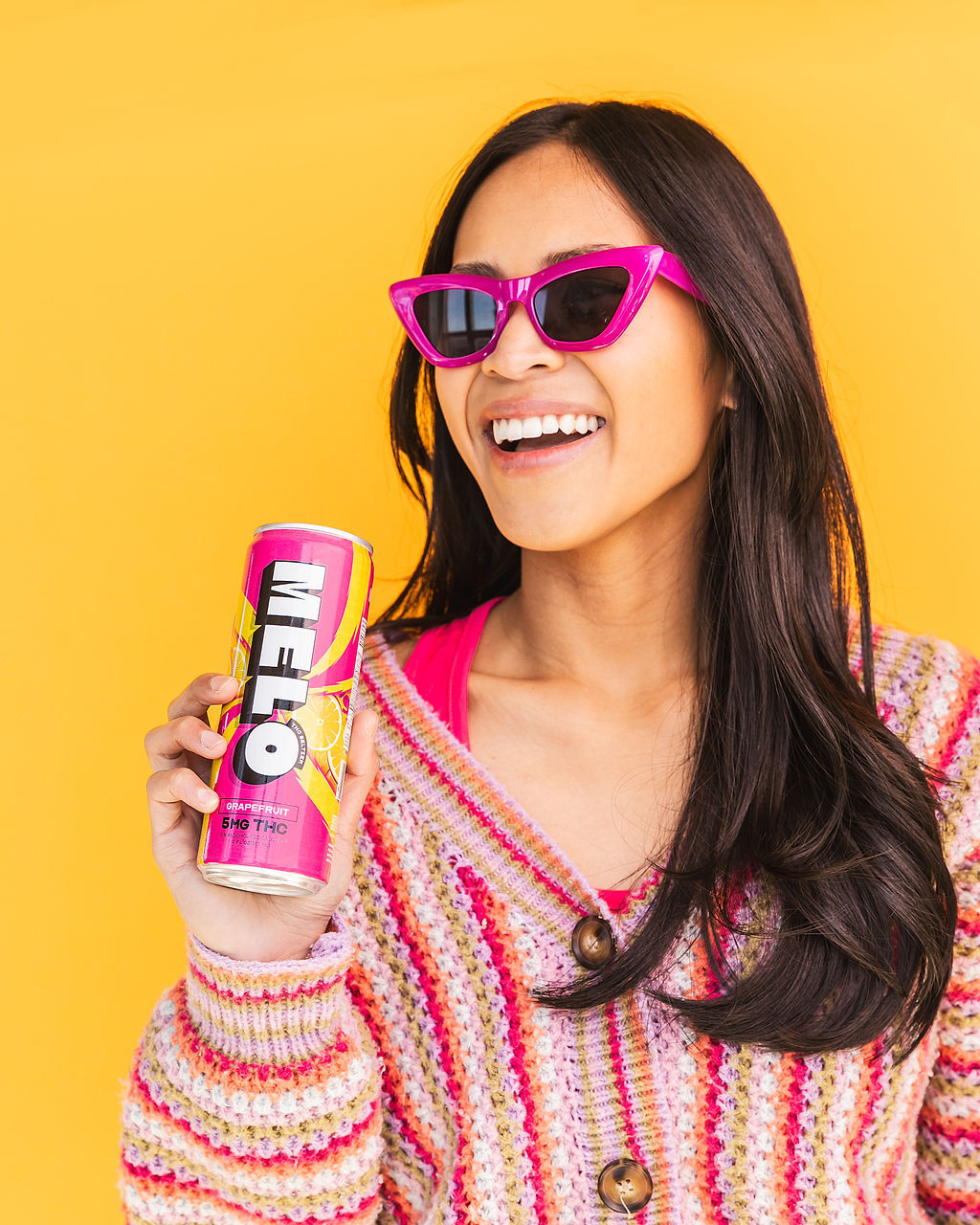Formulation & Design
Formulating and designing cannabis beverages requires a delicate balance of scientific precision and consumer appeal.
Targeted Potency
Targeted potency in THC beverages is a crucial aspect of this balance. Consumers are increasingly seeking controlled doses and specific experiences, ranging from subtle relaxation to more pronounced psychoactive effects.
Formulators achieve targeted potency by carefully considering the type and amount of THC, alongside other cannabinoids like CBD, which can modulate the effects of THC.
Factors influencing potency include the extraction method used to obtain THC, the solubility of cannabinoids in beverages, and the individual’s metabolism and tolerance.
Flavor Profiles & Mixability
Flavor profiles are equally important in creating appealing and enjoyable cannabis beverages.
Formulators experiment with a wide range of natural and artificial flavors to mask the inherent bitterness of THC and create refreshing and enticing taste experiences.
Popular flavor combinations include fruit blends, botanical infusions, and even spicy or savory notes.

The ideal flavor profile depends on the intended effect and target audience, with some beverages designed for subtle relaxation while others aim to provide a more energetic boost.
Mixability is another key consideration in beverage design.
THC needs to dissolve uniformly throughout the drink without causing sedimentation or clumping.
This often involves using specialized emulsifiers and stabilizers that ensure a smooth, consistent texture and prevent separation over time.
Rapid Absorption Techniques
Rapid absorption techniques play a crucial role in ensuring the desired effects of THC beverages are felt quickly and efficiently.
One common method is nanoemulsification, which involves breaking down THC molecules into tiny particles (nanoscale) that can be absorbed more easily by the body.
Another technique is liposomal encapsulation, where THC is enclosed within tiny lipid spheres called liposomes. These liposomes protect the THC from degradation and enhance its absorption in the gastrointestinal tract.
The choice of rapid absorption technique depends on factors such as the desired onset time, target bioavailability, and overall product stability.
Delivery Methods & Formats
The development of cannabis beverages goes beyond simply infusing THC into a drink; it involves a meticulous process of designing for modern lifestyles.
Canned Drinks
Delivery methods and formats for canned THC drinks aim to provide convenience and portability while ensuring optimal consumption experiences. Canned THC beverages are often shelf-stable, allowing for easy storage and transport. The cans themselves can be designed with innovative features like tamper-proof seals and child-resistant caps to enhance safety and security.
The format of the beverage, whether it’s a sparkling water, a juice blend, or a tea infusion, influences both taste perception and absorption. For example, carbonated drinks may offer a quicker onset of effects due to increased surface area for THC molecules to dissolve.
Bottles & Pouches
Bottles and pouches offer alternative packaging solutions for THC beverages, catering to specific needs and preferences. Bottles provide a classic and familiar format, often used for still or lightly carbonated drinks. Glass bottles allow for the preservation of flavor profiles while plastic bottles offer portability and durability.
Pouches are becoming increasingly popular due to their lightweight, flexible nature and ability to hold various liquid densities. They are particularly suitable for shelf-stable THC beverages and can be designed with resealable features for convenient consumption.
Ready-to-Mix Concentrates
Ready-to-mix concentrates represent a versatile delivery method for THC, offering flexibility and control over dosage. These concentrates come in various forms, such as powders, capsules, or liquid extracts, which can be easily added to beverages of choice. The convenience of ready-to-mix concentrates allows consumers to customize their THC intake based on their desired potency and experience.
For a more discreet and portable option, THC edibles in the form of gummies, chocolates, or baked goods provide a convenient way to consume cannabis.
Marketing & Branding
The market for THC beverages is booming, driven by the increasing legalization of cannabis and changing consumer preferences.
Appealing to Millennial and Gen Z Consumers
Millennial and Gen Z consumers are particularly attracted to THC beverages due to their perceived convenience, versatility, and alignment with a modern lifestyle. These generations often prioritize experiences over material possessions and seek out brands that are transparent, socially conscious, and innovative.
Appealing to this audience requires a multi-faceted approach. Authenticity is paramount; brands must be genuine in their messaging and avoid overly commercialized or gimmicky approaches. Transparency about ingredients, sourcing, and manufacturing processes builds trust and credibility.
Moreover, these generations are digitally native and highly engaged on social media. Utilizing influencer marketing, engaging content creation, and interactive campaigns can effectively reach and resonate with this demographic.
Finally, offering a range of flavors, formats, and potency options caters to individual preferences and allows consumers to customize their experience. Embracing sustainability practices and supporting social causes that align with millennial and Gen Z values further strengthens brand affinity.
Lifestyle Integration & Convenience
Targeted potency is crucial in THC beverages, allowing consumers to control their experiences from subtle relaxation to pronounced effects. Formulators achieve this by carefully balancing THC levels with other cannabinoids like CBD, considering extraction methods, solubility, and individual metabolism. Flavor is equally important, with formulators using natural and artificial flavors to mask bitterness and create appealing taste profiles ranging from fruit blends to spicy notes, tailored to the desired effect and target audience.
Mixability ensures a uniform distribution of THC without sedimentation or clumping. Specialized emulsifiers and stabilizers are often used to maintain a smooth texture over time. Rapid absorption techniques like nanoemulsification and liposomal encapsulation enhance bioavailability by breaking down THC molecules into smaller particles or enclosing them in protective lipid spheres, leading to quicker onset of effects.
The design of THC beverages extends beyond just the ingredients, encompassing factors like packaging and delivery methods that cater to modern lifestyles. Canned THC drinks offer convenience and portability with shelf-stable options and tamper-proof seals. Bottles and pouches provide alternative formats, each with its own advantages in terms of aesthetics, storage, and ease of consumption. Ready-to-mix concentrates allow for dosage control and customization, while discreet edibles like gummies or chocolates offer a portable option.
The booming market for THC beverages is driven by legalization and shifting consumer preferences, particularly among millennials and Gen Z who value authenticity, transparency, and innovative experiences. Brands that connect with this audience through genuine messaging, clear ingredient information, engaging digital campaigns, and a focus on sustainability are poised for success. Catering to diverse flavor preferences, offering various potencies and formats, and aligning with social causes resonate with these generations’ values, driving brand loyalty and market growth.
Focus on Health & Wellness Trends
Formulating and designing cannabis beverages requires a delicate balance of scientific precision and consumer appeal.
- Targeted potency in THC beverages is a crucial aspect of this balance. Consumers are increasingly seeking controlled doses and specific experiences, ranging from subtle relaxation to more pronounced psychoactive effects.
- Formulators achieve targeted potency by carefully considering the type and amount of THC, alongside other cannabinoids like CBD, which can modulate the effects of THC. Factors influencing potency include the extraction method used to obtain THC, the solubility of cannabinoids in beverages, and the individual’s metabolism and tolerance.
- Flavor profiles are equally important in creating appealing and enjoyable cannabis beverages.
- Formulators experiment with a wide range of natural and artificial flavors to mask the inherent bitterness of THC and create refreshing and enticing taste experiences. Popular flavor combinations include fruit blends, botanical infusions, and even spicy or savory notes. The ideal flavor profile depends on the intended effect and target audience, with some beverages designed for subtle relaxation while others aim to provide a more energetic boost.
- Mixability is another key consideration in beverage design. THC needs to dissolve uniformly throughout the drink without causing sedimentation or clumping. This often involves using specialized emulsifiers and stabilizers that ensure a smooth, consistent texture and prevent separation over time.
- Rapid absorption techniques play a crucial role in ensuring the desired effects of THC beverages are felt quickly and efficiently. One common method is nanoemulsification, which involves breaking down THC molecules into tiny particles (nanoscale) that can be absorbed more easily by the body. Another technique is liposomal encapsulation, where THC is enclosed within tiny lipid spheres called liposomes. These liposomes protect the THC from degradation and enhance its absorption in the gastrointestinal tract.
The choice of rapid absorption technique depends on factors such as the desired onset time, target bioavailability, and overall product stability.
Social Impact & Regulations
The burgeoning market for THC beverages reflects a convergence of changing consumer preferences and evolving social attitudes towards cannabis.

Responsible Consumption & Education
Social impact and regulations are crucial considerations in the development and marketing of THC beverages. As legalization spreads, it’s essential for brands to operate responsibly, considering potential impacts on public health, individual well-being, and societal norms.
Regulations surrounding THC beverages vary widely across jurisdictions, influencing production standards, labeling requirements, and sales restrictions. Companies must navigate these complexities carefully, ensuring compliance with local laws while advocating for sensible policies that promote consumer safety and responsible use.
Promoting responsible consumption is paramount. This involves educating consumers about the effects of THC, potential risks, and appropriate dosage guidelines. Clear and transparent labeling, including ingredient lists and potency information, empowers individuals to make informed decisions.
Brands can also play a role in mitigating potential harms by discouraging underage access, promoting moderation, and supporting research on cannabis use and its consequences.
Education is key to shaping a culture of responsible THC consumption.
Clear and accessible information about the effects, risks, and benefits of THC can empower individuals to make informed choices.
Educational initiatives should target diverse audiences, including young people, potential users, and those with limited knowledge about cannabis.
Collaborations with public health organizations, schools, and community groups can help disseminate accurate information and address misconceptions.
Legal Landscape & Evolving Policies
Formulating and designing cannabis beverages requires a delicate balance of scientific precision and consumer appeal.
- Targeted potency in THC beverages is crucial, allowing consumers to control their experiences from subtle relaxation to pronounced psychoactive effects. Formulators achieve this by carefully balancing THC levels with other cannabinoids like CBD, considering extraction methods, solubility, and individual metabolism.
- Flavor profiles are equally important in creating appealing beverages. Formulators experiment with a wide range of natural and artificial flavors to mask bitterness and create enticing taste experiences.
- Mixability ensures THC dissolves uniformly throughout the drink without sedimentation or clumping, often involving specialized emulsifiers and stabilizers for a smooth texture.
- Rapid absorption techniques like nanoemulsification and liposomal encapsulation enhance bioavailability by breaking down THC molecules into smaller particles or enclosing them in protective spheres.
The booming market for THC beverages is driven by legalization and changing consumer preferences, particularly among millennials and Gen Z. This demographic values authenticity, transparency, and innovative experiences. Brands that connect with these consumers through genuine messaging, clear ingredient information, engaging digital campaigns, and a focus on sustainability are poised for success.
Social impact and regulations play a vital role in the THC beverage industry. As legalization spreads, brands must operate responsibly, considering potential impacts on public health, individual well-being, and societal norms.
Regulations surrounding THC beverages vary widely, influencing production standards, labeling requirements, and sales restrictions. Companies must navigate these complexities carefully, ensuring compliance while advocating for sensible policies that promote consumer safety and responsible use.
Promoting responsible consumption is paramount, involving educating consumers about the effects of THC, potential risks, and appropriate dosage guidelines. Clear and transparent labeling empowers individuals to make informed decisions. Brands can also mitigate potential harms by discouraging underage access, promoting moderation, and supporting research on cannabis use.
Education is key to shaping a culture of responsible THC consumption.
Melo Seltzer’s Best-Selling THC Drinks Online
